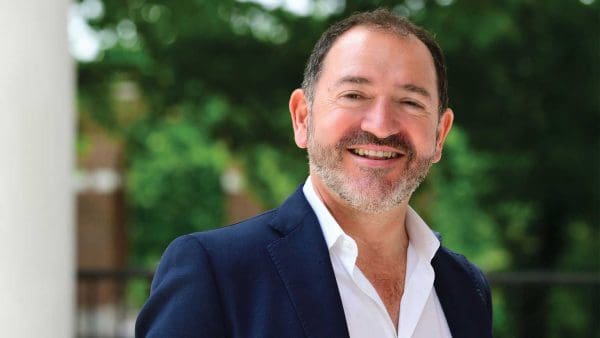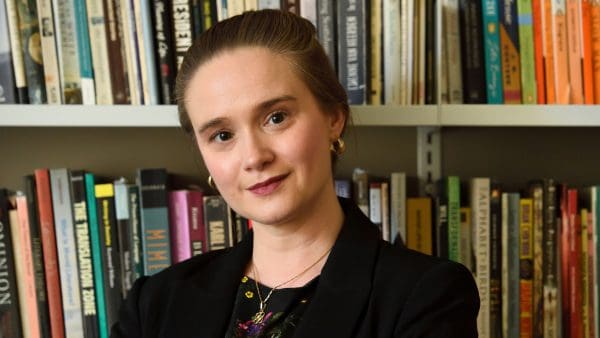
For the graduate and undergraduate students in last year’s Environmental Justice Workshop, going to class meant boarding a van and driving to South Baltimore’s Curtis Bay, where residents have been lobbying for years to stop CSX, the rail-based freight transport company, from exporting coal out of Baltimore. A landfill, wastewater treatment plant, and medical waste incinerator also sit nearby.
Gathered in a modest rec center with members of the South Baltimore Community Land Trust and other activist neighbors, students explored how CSX and other local industries were allowed to cause widespread damage to the community, and developed alternatives that prioritize both residents and industry workers.
“There is so much work we have to do to deepen our relationships as a university with the rest of the city that we happen to be located in,” says Anand Pandian, professor in the Department of Anthropology and co-instructor of the “community-engaged” course, co-taught by activist Shashawnda Campbell (center). Community-engaged courses partner with community members and institutions in a two-way process.
Student projects included a web page that offers a critical analysis of CSX’s past and present activities; a video about the history of industrial pollution in the area; a report offering alternatives to shipping coal through the area; a proposal to preserve a former landfill as an environmental amenity; and a vision for a community environmental justice center that will occupy a building near the rec center.




